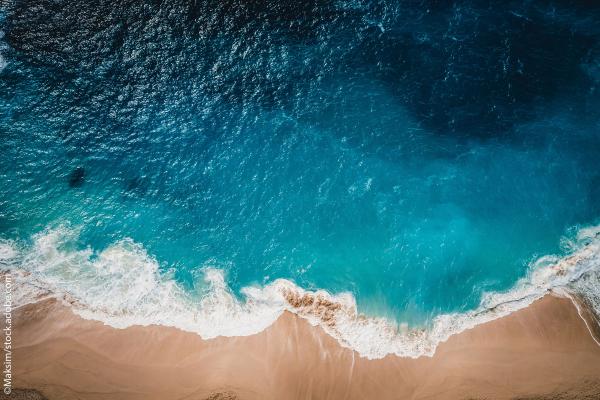The EU's 9 outermost regions are
- Guadeloupe, Martinique and Saint-Martin are located in the Caribbean, French Guiana in South America and Mayotte and Réunion in the Indian Ocean (France)
- Azores and Madeira (Portugal) and Canary Islands (Spain) are located in the Atlantic, conforming the the Macaronesia area
Specificities and challenges
The outermost regions differ from the rest of the EU in several ways that constrain their economic and social development: remoteness, insularity, small size, adverse topographical and climatic conditions and dependence on a limited number of local industries.
At the same time, the outermost regions have a unique blue economy potential due to their unique assets: rich biodiversity, strategic location for space and astrophysics activities, extensive maritime economic zones, proximity to other continents.
To overcome the challenges and take advantage of the opportunities, the EU is committed to supporting sustainable development in the outermost regions with specific measures such as dedicated strategies and funding.
Strategic partnership with the EU's outermost regions
The strategy of the EU for a stronger and renewed partnership with the EU's outermost regions aims to tackle persistent challenges, such as
- high unemployment rates, particularly among young people
- greater vulnerability to the effects of climate change
- a dependence on economic sectors which have not incorporated innovative processes
The EU’s policy for Europe’s outermost regions focuses on improving accessibility, increasing competitiveness and strengthening regional integration, putting an emphasis on the development of the blue economy.
Blue economy in outermost regions
The Commission supports the preparation, implementation, monitoring and evaluation of blue economy strategies with a step by step methodological guide for outermost regions. The guide is based on a study on the potential of outermost regions for sustainable blue growth.
The study
- describes the landscape of the blue economy in each of the basins related with the outermost regions (Caribbean-Amazonia, south-west Indian Ocean and Macaronesia)
- identifies the few dominant activities that are well developed, such as coastal tourism, the shipping sector (maritime transport and ports) and the exploitation of living resources (fisheries and aquaculture) which is a key employer
- highlights the potential for further development of the blue economy, especially with activities related to ocean energy and blue biotechnology
It is worth noting that the outermost regions benefit from specific measures under the common fisheries policy, including support from the European Maritime, Fisheries and Aquaculture Fund (EMFAF).
To assist outermost regions further in their efforts to develop their blue economy, the Commission organises regular dialogues within the framework of the Outermost Regions Forum for maritime affairs and fisheries.
News

- Questions and answers
What is the aim of this budget proposal and what does it mean for fisheries, aquaculture and ocean-related activities? The Commission’s Multiannual Financial Framework (MFF) 2028 – 2034 proposal is a fundamental redesign of the EU budget to make it more integrated, flexible and performance-oriented
- 7 min read

- News announcement
Coastal tourism is evolving, with a growing focus on innovation and sustainability. As awareness of environmental impact increases, travellers are looking for experiences that respect nature and local culture. In this episode, we explore EU-supported projects offering new approaches to seaside
- 1 min read

- News announcement
The Commission has launched a call for applications for the selection of members of the Scientific, Technical and Economic Committee for Fisheries (STECF).
- 2 min read
